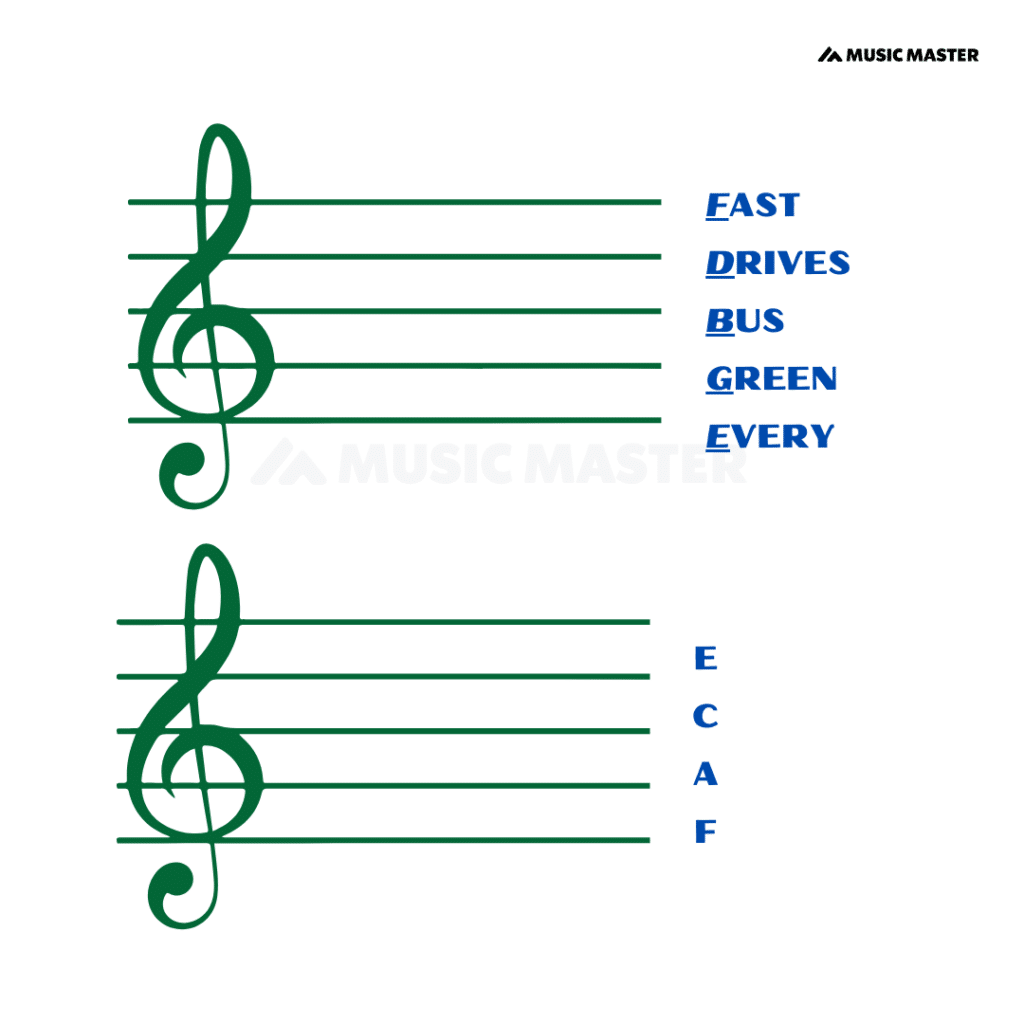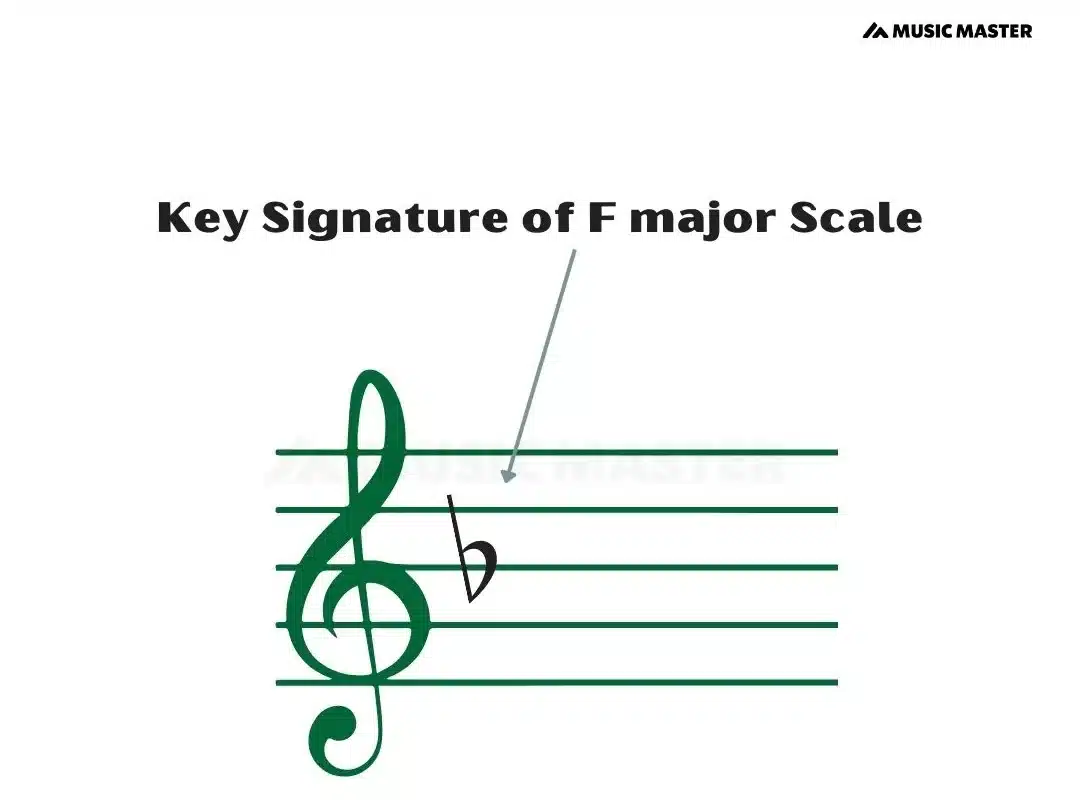So the one thing that scared the life out of me while learning Music Theory Online was understanding Music theory but It is no Rocket Science! Undoubtedly, the theoretical part of music is literally most feared among musicians. But, to my surprise, I enjoyed writing music once I had figured out the easiest ways to understand Music Theory.
Learning Music Theory online can be a challenging job but I will make it very straightforward. Just remember Music Theory is an absolute requirement for better progress in your musical journey.
A painter will have to know about the perspectives to ace his artwork! A dancer needs to have his hands on expression to be exotic! A cook would need to know a thing or two about measurements of each ingredient to master the art of Cooking.
You get the idea of what I am about to say! Anyway, Music theory is the ammo to shoot out your creativity and explore the beauty of Music.
Let’s crush it and get into easy guide to learn music theory staff notation sight reading!
Music theory: Its Rudiments
Music Theory is the theoretical explanation of everything that we sing or play in Music. It is like a system of communication that paves way for conveying musical concepts. Music Theory is basically the written version of all the music, be it songs, or the background music of a movie, that you hear. It really is like learning to speak English but with different symbols.
It is a blend of Art, Science and Math
One may say that Music Theory has been unfolding so many new notions for hundreds of years now. Hence , Music Theory has its hands on the matters of Science, Art and Math.
Creating Music is all about creativity and expression of one’s thoughts in the form of abstract or clear-cut designs. I would call this art!
Theoretical aspects of Music helps us understand how the sound travels, functions from frequencies to its nature and what not! This covers the geeky and science-y part!
Here comes the part that I dreaded the most, math! Music theory slides towards counting. From solfeggio to arpeggio, its basic math- counting the notes and keys.
An Overview of Music Theory
Let’s discuss the basics of Music theory and what to learn and how to learn Music Theory Online. Generally,
- Melody
- Rhythm
- Harmony
are the three important segment of Music Theory
Melody
Melody, simply put, is a series of Musical Notes together in an artful combination or in a soothing pattern. To understand or to create a melody one must learn about the Notes, i.e.Musical Notation.
Generally, melodies can be in Disjunct and Conjunct motions. Notes in Disjunct Motion have much larger intervals in between the notes whereas notes in conjunct motion move in the intervals of tones and semitones.
Rhythm
Rhythms have everything to do with time. It is nothing but positioning the melodies or any musical sound within time. It is also grouping beats in accordance to the melody. Rhythms consist of rests and notes.
Harmony
This could easily be my favorite part of music theory. When more than one note is played together at the sametime, it creates a beautiful harmony. It has notes and sounds complimenting each other.
To understand these three segments, we do have to begin from Musical Staff and work our way up pitch and composing and everything.
What is a Musical Staff?
A Musical Staff is a group of 4 spaces and 5 horizontal lines that holds a distinct musical tone. We always count the line from the bottom. Higher the number, higher the pitch and lower the number, lower the pitch. Grand staff is when the treble staff and the Bass staff is connected with a brace.


Did You Know?
A Musical Staff is also referred to as Pentagram.
Nitty-Gritty of Musical Notes.

Musical notes are any sound that is pleasing for a human ear to hear. We use different notes based on the number of beats it can sing or play to write on the staff. There are 4 four Basic Notes that I would urge every beginner to learn. Each note is being classified on the basis of the number beats it carries.

Did You Know?
Notation system in Western Classical Music started to develop in the late Renaissance Period and proceeded to progress during the Romantic era.
There are 7 notes and 12 pitches in music. On any instrument we use the Alphabets from A to G to refer to these 7 notes. Each Alphabet has a pitch assigned to it on a Musical Staff. These pitches slightly differ on a Treble clef and on a Bass clef
Treble Clef:

Treble clef is a symbol used in the beginning of the staff that lets us know the pitches written above the middle C on that particular piece of Music. The treble notes are used to write music for High Voices like Soprano and Altos, Violins, Obae, Saxophone etc. The notes are as follows,
Treble clef is also known as G Clef. If you look very closely, the treble clef symbol begins on the note G.
A simple mnemonic to remember treble clef’s notes:


Did You Know?
The word Clef originated from the French word ‘Clef’ which means ‘Key’.
Bass Clef:

The notes in Bass clef are written below the Middle C. Instruments using the low registers like Bass Guitar, low voices like tenor and bass, cello etc. The notes with the pitches assigned to it on bass clef are as follows,
Bass clef is called the F clef. This is because the symbol begins at the F- line on a Musical Staff.
A simple mnemonic to remember Bass clef’s notes:

There are other clefs in music called the Alto Clef placed on the 3rd line and Tenor Clef placed on the 4th line of the staff. It is called C-Clef.
Scales.
In music theory, scale is an arrangement of notes in ascending and descending order based on its pitches. The distance between two notes in a scale is called Scale Step.
Moreover, scales are of two types, Major and Minor. But that’s not the end of it. Well, there are many types and modes of scales. Music theory has a variety of scales based on the number of notes used. That is not the end of it either. There are Different modes of scales. To learn Music theory fast, I would recommend getting a peep into these modes of scales which comes handy in so many instances.
8th Degree is also called Tonic but in an octave higher.
Intervals:

Intervals in Music mean distance between any two pitches written on Musical Staff. You can count intervals on notes written Vertically or Horizontally. There is a concept of Simple and Compound Intervals.
- Simple Intervals- lesser than one octave.
- Compound Intervals- more than one octave.
Here is an illustration of the 8 basic intervals starting from middle C in a C major scale.

Key Signatures:
You’d find a number of flats or sharps written on particular lines or spaces right next to the Clef when you look at a musical sheet. Now this positioning of flats or sharps is called Key Signature. Clearly, this is one way of letting us know the info on which key that piece of music is written.

Check out the article on Circle of fifths to know more about keys and its key signature.
For instance, F major scale has F G A Bb C D E F. In which 1 Flat is present. So when I write a piece of music on F major, I will put a flat on the 3rd line of a treble clef or on the 2nd line of a bass clef. This means that the piece is written in the F major scale just by looking at 1 flat next to clef.
Time signature.
This is a concept in Music Theory which discloses how many beats and kinds of notes are written in a measure. Time Signatures are in the form of fractions. The denominator tells us the number of Beats and the numerator tell us the kind of note used.
Time signatures are of two types. Simple and compound time.

When the beats in measure/bar can be separated into 2 parts, it is a Simple Time whereas when the beast in a measure/bar can be separated into 3 parts, it is a Compound Time.
Easy Methods to Read Notes on a Musical Staff:
On the whole, I do agree that it can intimidating to learn Music Theory lessons online and to understand staff notation fast. But, I am going to make it as simple as I can. The first foremost thing to do to begin to understand Staff notation, get a hang of all the basic concepts that are spoken earlier in this write-up! Therefore, let me take you for a ride through my easy guide to learn music theory staff notation sight reading.
You should look for the clef when you have music sheet in your hand. Determine whether it is a treble or bass clef or any other clef.
3 flats or 2 sharps?
Now that you know which clef the notes have been written, begin recognizing the key signature. This would help you to figure out in which key that particular piece has been written. This would also let you know if the piece is in Major or a Minor key.

Beat per bar:
Next best thing to do is find out the time signature. This helps you have an idea about the kinds of notes that’s been used.
Ascending or Descending?
In fact, we now know the key and the time signature of the piece which should lead us to figuring out the pitches of the Notes written. Basically, you should start looking at the order of the notes. Are they ascending or Descending? You may not be able to nail the pitch at once but you can slide notes up and down.
Have a shot at Intervals.
There are so many ways of attempting to get the intervals right. It can be challenging. It was for me! I used to have a short song learnt for each interval. As soon as I recognise the interval, I would try to get that interval right by quickly remembering a phrase from that song.
Vaccai Lektion- for different intervals has helped tons until I remembered the sounds of each interval. You should try it too!
Work is almost done!
It is now time to add the lyrics to said Melody once you have all of these figured out. You can also recollect the melody by practicing it in Oohs and Aahs. Including the Lyrics then would be a piece of cake!.
This is one way to get started on your sight reading today. In conclusion, is imperative to have little grasp on basic Music Theory concepts when you learn Piano, Violin or any instruments including Singing.
Moreover, there are tons of Music theory Books for musicians of all levels available online. Here, let me recommend a few;
- Music Theory for the 21st Century by Hutchinson
- Introduction to Music theory by Joe Jones
- Fundamentals of Music Theory by Edwards
Let me also give you few tips to improve sight reading skills quickly because any beginner needs it,
- Firstly, be familiar with major and minor scales.
- Secondly, begin from practicing Solfeggio right to left.
- You should most definitely know the key signatures by heart
- It is okay to make mistakes and so check the notes with a help of a piano or guitar when you try to Sight Sing.
- Be sure to know the different time signatures.
To sum up this easy guide to learn music theory staff notation sight reading, these few tricks will help you get started on sight-reading. Guitarists can check out guitar chords with notes and kickstart your music theory learning journey. A Violinist can look into Violin sight reading exercises available online to jump-start the process of learning Music Theory online.
Closing Thoughts
In conclusion, there is a misinterpretation that learning Music Theory online is difficult and is not absolutely required. Well! As a tutor, let me assure you that it is a requirement and it is not complicated. In short, to make this process a walk in the park, there are many Music Theory apps for beginners and ways to learn Music Theory Online. Additionally, to get an assistance Book a free demo, today at MUSICMASTER.
FAQs
What is music theory?
Music Theory is the theoretical explanation of everything that we sing or play in Music. It is like a system of communication and it paves way for conveying musical concepts.
What is staff?
Staff is a group of lines and spaces that is used to write musical symbols.
What is sight reading in music?
Sight reading is the process of reading musical symbols and notation on a Musical Staff.
Why is music theory important for beginners?
In any case, music theory helps a musician get more creative ideas and understand what oneself is playing or singing.
How can I learn to read music on my own?
You can learn to read music by studying articles on music theory online or by referring to books written by musicians.
What are the lines and spaces on a staff?
The lines and spaces on a staff represent pitches with the help of alphabets assigned to it.































